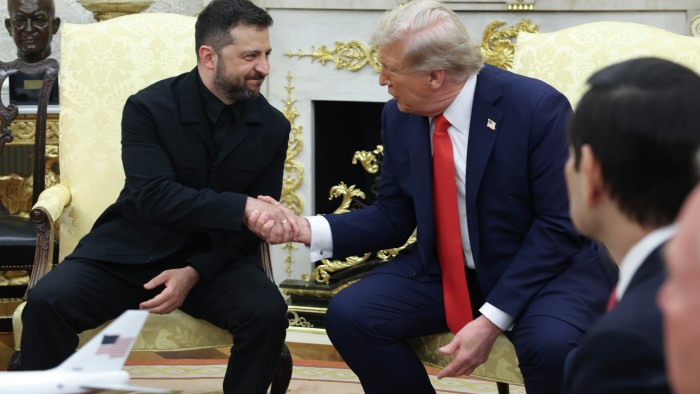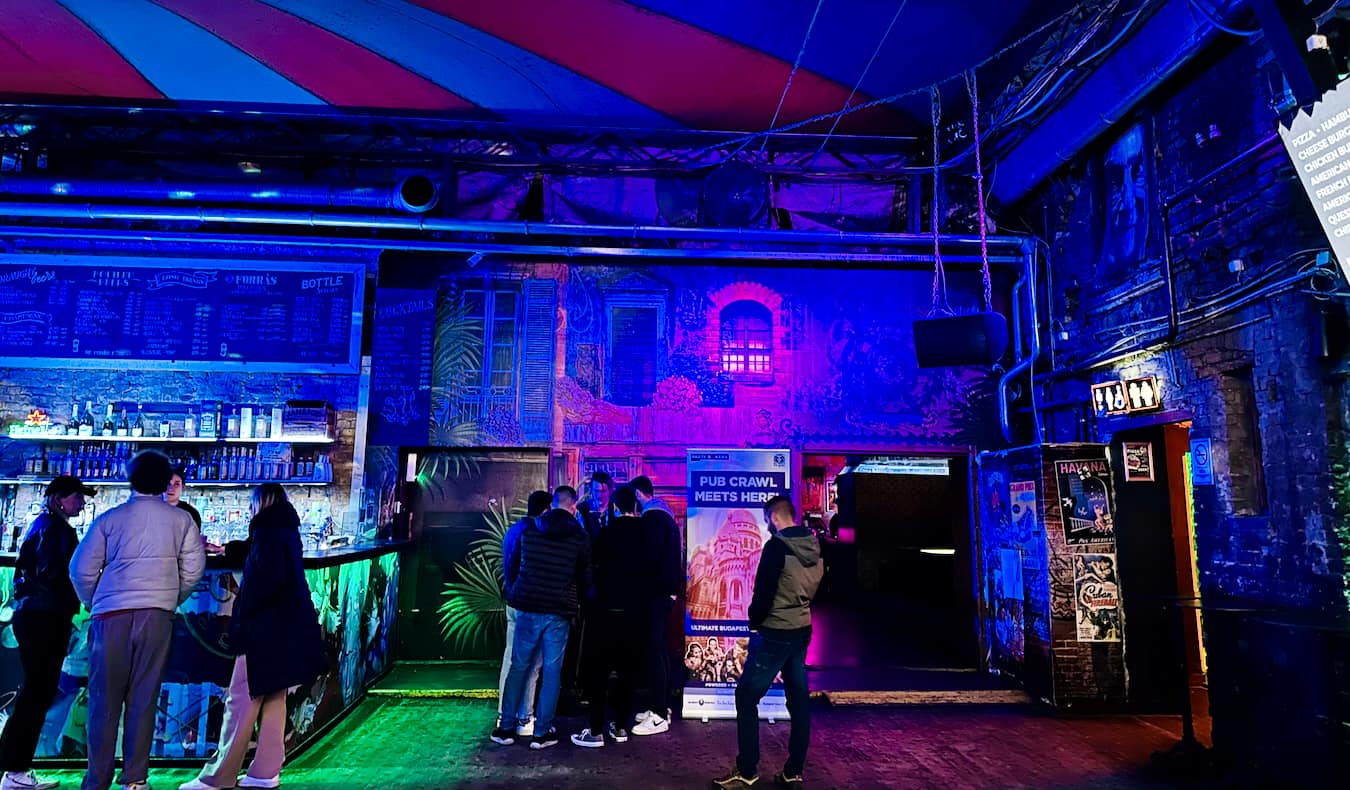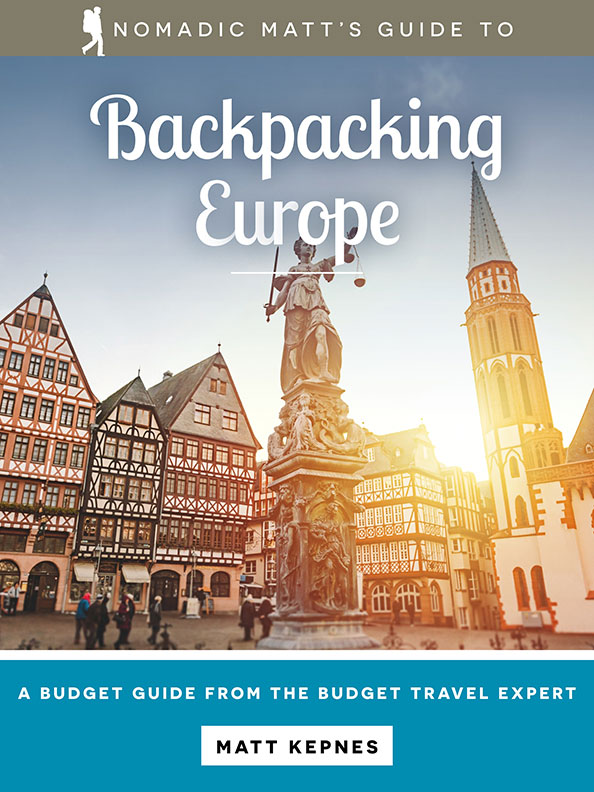MBW Views is a series of exclusive op/eds from eminent music industry people… with something to say. The following op/ed comes from Ran Geffen Levy the Founder of OG.studio, a platform that claims to be “bridging music industry evolution, technological innovation, and capital investment”. He is also the CEO of Amusica Song Management.
At this year’s Ivor Novello Awards, Charli XCX accepted ‘Songwriter of the Year’ without once mentioning artificial intelligence. Yet her message: “dare to suck” might be the clearest guidance we have for thriving in the AI era.
She reminded the room that conviction matters more than perfection; that identity, point of view, and cultural context elevate a song beyond technical quality. Her advice was simple: make what you want to hear, not what an A&R asks for; write for the niche, not the masses; embrace your own language, however odd or imperfect, follow your vibe. In short: commit to the bit.
This is precisely what the creators behind The Velvet Sundown and Aventhis have done. They took an idea – whether it was building a fully synthetic “provocation” (The Velvet Sundown) or pairing AI-generated vocals with human-written lyrics (Aventhis) – and turned it into music with a distinct identity. They weren’t chasing industry approval; they were chasing an idea that felt worth making.
Their conviction, not their conformity, made these projects stand out. And that leads to the question at the heart of this moment:
Who Gets to Be Called a Songwriter?
When I was a child, I visited my uncle Dov on a kibbutz. He was an amateur photographer who developed film in a darkroom he’d set up in an old bomb shelter. I watched him move prints from bath to bath, hanging them to dry. It felt sacred. It wasn’t the chemicals or technique that made it art; it was his intent. I wanted to be like him, but I lacked the tools, the training, the eye. Still, the desire stayed.
Years later, photography went digital. The darkroom became an app. I became an amateur photographer. Songwriting is experiencing the same transformation.
Today’s songwriters don’t always read music or play traditional instruments. They hum into voice memos, write lyrics on phones, and collaborate with AI. When desire is present, method becomes secondary.
The Ex-Puritan’s remarkable series Afterthoughts on a Month of Songwriting Critique, edited by Daniel Kincade Renton, offers essential thinking for this moment. The contributors frame songwriting not as a synthesis of poetry and music, but as the simultaneity of voice, form, feeling, and intent happening at once. If the craft itself resists clear definition, why do we insist on defining who qualifies?
Renton called for an “overpopulation” of our critical frameworks: more analogies, more disciplines, more voices. I agree. The term songwriter should stretch. It should include not just the trained, but also the instinctive, the experimental, the self-taught.
So who gets to be called a songwriter? In my opinion the only requirement to be a songwriter is the desire to write songs.
This democratisation isn’t theoretical, it’s already happening. Just as vibe coding enables single-person unicorns in tech, where one developer can build what once required entire teams, the same transformation is coming to songwriting. Call it ‘Vibe Songwriting’.
What Is Vibe Songwriting?
Harlan Howard said country music is “three chords and the truth.” The point wasn’t minimalism for its own sake; it was conviction. Vibe Songwriting takes that spirit into the present: start with the feeling, then use whatever tools you need to make those chords (literal or metaphorical) feel true. Dare to suck.
In practice, a spark, a mood, a fragment, a texture comes first. You shape it into something recognisable and memorable using today’s accessible tools. Technology doesn’t replace taste; it removes friction so taste can lead.
Rick Rubin’s project The Way of Code, a collaboration with Anthropic, is a meditation on vibe coding, drawing on Lao Tzu’s Tao Te Ching, and is designed to make coding intuitive and expressive. Rubin describes vibe coding as the “punk rock of software,” a method that begins with intuition rather than rules. In his words: ” the computer is another tool. It’s like a guitar or a sampler; it’s another tool in the artist’s arsenal. The reason we go to the artists we go to, or the writers we go to, or the filmmakers we go to, is for their point of view.”
His approach of trusting intuition over technique, prioritising authentic expression over market demands, translates perfectly to songwriting. As he explained in a16z’s The Ben & Marc Show, “you’re making your favourite thing, you’re in love with it, and then other people who like the things you like will like it.”
This isn’t about replacing human creativity but removing technical barriers. A poet can now create songs without learning piano. A storyteller can craft soundscapes without understanding mixing boards. The tools have evolved to serve the desire, not constrain it.
Which brings us to the business model that makes this sustainable.
What Is Cluster Creation?
Four months ago, I wrote about Cluster Creation, a commercial model for songwriters in the AI era. The premise was simple: instead of sprawling writing camps where a dozen names get a sliver of ownership, we form tight, complementary clusters that move faster, keep more of the pie, and adapt fluidly to new tools.
The Velvet Sundown and Aventhis are just the beginning. These formations are about to mushroom. The industry dismisses them as curiosities, side experiments outside the “real” business. I see them differently: windows into what comes next. They prove that creative control no longer needs a label’s infrastructure or even a co-writer in the room.
But to truly capture this opportunity, clusters must own more than just the song.
Own the Stack
Tomorrow’s songwriter can become a Renaissance creator: either building multi-disciplinary teams or creating everything themselves with AI assistance. Just as one person can build a tech unicorn, one songwriter can create commercially viable assets across all formats.
Timbaland understood this when he launched Stage Zero and introduced TaTa, his first AI artist. He’s not just licensing his beats to AI platforms; he’s building his infrastructure, controlling the entire creative pipeline from production knowledge to distribution. TaTa isn’t merely an AI experiment; it’s Timbaland owning the whole stack: the training data (his decades of production expertise), the artist identity, the output, and crucially, everything from streaming to merchandise. Yes, merchandise: the realm traditionally furthest from a songwriter’s reach.
This is the shift from passive licensing to active ownership. A Cluster is a project-centred formation that evolves based on creative needs: fluid, purpose-driven, and adaptable. Each creator brings specialised expertise, enhanced by AI tools they control. Together, they own everything, not just the song, but the entire creative output.
Instead of splitting diminishing streaming pennies amongst six writers, three creators in a Cluster own multiple revenue streams entirely: composition rights, master exploitation, visual IP, synthetic voice licensing, AI training data, and emerging formats we can’t yet imagine. While traditional songwriters fight for their sliver of one revenue stream, well-structured Clusters capture value across every format and platform.
The technology enabling this transformation exists today. The question is who will use it first: the platforms extracting value from creators, or the creators themselves?
History provides the answer. From piano rolls in 1908 to streaming today, songwriters have watched others get rich from their work. Each technological shift promised fairness; each one delivered new ways to exploit them.
That pattern ends now. The tools are here. The clusters are forming. The choice is binary: continue begging for scraps from a system designed to starve songwriters or build something they can’t control.
In three words: Don’t beg. Build.
Radical Self-Reliance
At Burning Man, camps form around shared themes: builders, makers, artists unite, each bringing their unique gift to create self-sustaining ecosystems. They don’t rely on external infrastructure; they build what’s needed. This is radical self-reliance: not isolation, but interdependence through collaboration.
Songwriters must embrace it now. No one is coming to save us. No stakeholder will voluntarily share more revenue. Songwriting 2.0 means creator-led clusters with full ownership, where small agile teams produce authentic work backed by clear copyright and sustainable monetisation. Ownership trumps licensing.
This is a seismic shift. It demands that managers evolve from negotiating percentages to building creative ecosystems, that rights organisations reimagine their role for multi-format IP and fluid collaborations. (I’ll tackle that in my next piece.)
Yes, the traditional market persists. But watch where the smart money goes. When Timbaland builds Stage Zero, when independent creators form clusters instead of joining writing camps, when AI democratises million-pound studios, they’re not adapting to change. They’re writing the rules. The old model doesn’t just exploit songwriters; it leaves money on the table. Clusters capture that value. All of it.
At Burning Man, they say, “We achieve being through doing.” The future of songwriting isn’t something that happens to us. It’s a world we’ll build together, one cluster at a time.
Change is wildfire. We move or we burn.
Disclaimer: I have been writing short stories since I was eleven years old. I worked as a journalist and then moved to the music industry. I love writing. I use AI as a tool and I love it. It challenges me, it helps me evolve. While the idea behind Songwriting 2.0 was entirely mine, I used AI tools for research, clarity and punchlines. By the way – (this em dash is mine) I pay subscription fees to three of them. They should share it with the people that created their datasets.Music Business Worldwide

















